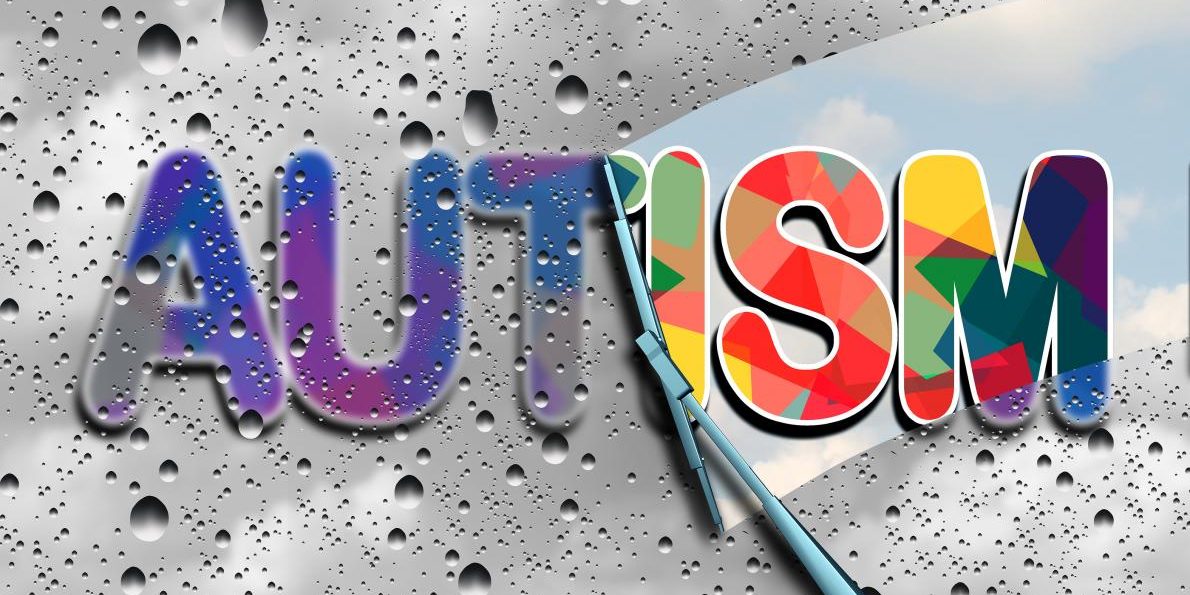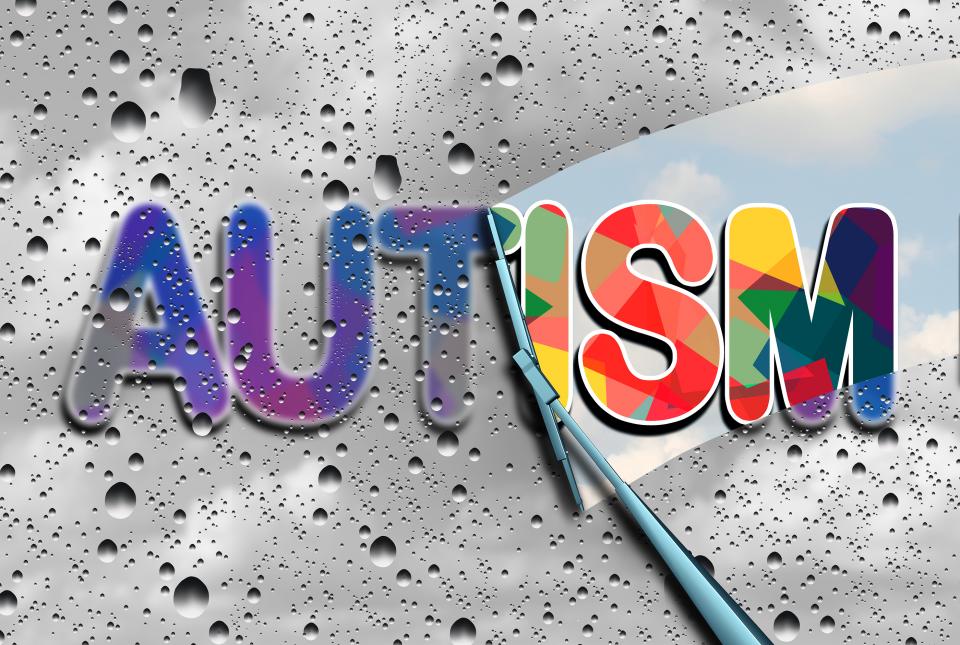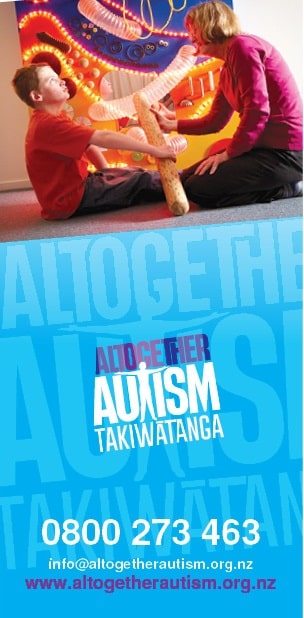Autism is a lifelong neurodevelopmental condition that affects how Autistic people perceive the world, think and behave, and communicate and interact with others.
Put simply, Autistic people see, hear and feel the world differently to other people.
Autism is not an illness or disease and cannot be ‘cured’. Many Autistic adults consider being Autistic as a fundamental part of their identity.
Autism is a spectrum. This means that some people are affected more than others. For example, some Autistic people do not use verbal language, while others have excellent spoken language skills but may find it difficult to understand what other people mean.
While all Autistic people share some common differences in the way they see, hear and feel the world, they all have different strengths and abilities and challenges which affect their lives in different ways at different ages and in different environments.
No two people on the spectrum are the same.
What does autism look like in children?
Children’s difficulties or delays may be expressed or observed as follows:
Communication
- Delays in speech and language.
- Difficulty understanding others.
- They may find it hard to communicate what they want and find different ways of making themselves understood (e.g. may use objects or another person’s hand to indicate what they want).
- Their speech may have an unusual tone, pitch, or accent.
- They may use language in an unusual way (such as being overly formal or academic or repeating phrases or words)
- They may not understand non-verbal communication such as facial expressions, body language and gestures.
- They may have difficulty following instructions and can take information and instructions very literally.
- They may sometimes appear not to hear at all.
- They may seem very independent for their age particularly as they may not seek help from others.
Social interaction
- They may not join in with play with other children.
- They may appear disinterested in other children or people.
- They tend to prefer to play or be alone.
- Children don’t often play pretend or make believe as often as same-aged peers.
- Children with autism rarely bring toys and objects to share or show other children or adults (lack of interest in joint attention)
- They may not respond to other people’s greetings, or smiles.
- They may have difficulty with social situations and understanding social rules (e.g. have difficulty knowing if someone is joking or do not follow the usual social rules for polite behaviour).
- They may have difficulty understanding or processing others’ emotions, thoughts or actions.
- They may have difficulty initiating or sustaining eye contact.
Restricted and repetitive patterns of behaviour
- A strong preference for routine and order is common.
- They may get very upset when their routines are interrupted.
- They may experience difficulty with transitioning between activities and into new environments.
- They may have a special interest which they enjoy talking about a lot or spend a lot of time doing.
- They may use behaviour (including challenging behaviour) as a way of communicating due to problems with communication and social interaction.
- They may appear to be clumsy and have poor motor skills.
- They may make unusual movements or sounds (commonly known as stimming – for example, they may make unusual movements near their eyes or face).
- They may also have poor problem-solving or organisational skills.
- This means they may be hyper or hyposensitive to various stimuli (link to sensory).
Strengths and abilities in autism
Autistic people may display a range of strengths and abilities that can be directly related to their diagnosis, including:
- Learning to read at a very early age (known as hyperlexia).
- Memorising and learning information quickly.
- Thinking and learning in a visual way.
- Logical thinking ability.
- Academic excellence in areas such as science, engineering and mathematics, art and music and dance.
- Having an extraordinarily good memory (being able to remember facts for a long period of time).
- Being precise and detail oriented.
- Exceptional honesty and reliability.
- Being dependable in regards to schedules and routines.
- Having an excellent sense of direction.
- Be very punctual.
- Strong adherence to rules.
- Able to concentrate for long periods of time when motivated.
- A drive for perfection and order.
- A capability for alternate problem solving.
- A rare freshness and sense of wonderment.
A note re terminology
In New Zealand, the term used in diagnosis is Autism Spectrum Disorder (ASD).
This is the term used in the Aotearoa New Zealand Autism Guideline and in the Diagnostic and Statistical Manual for Mental Disorders Fifth Edition (DSM-V) criteria which is the guide clinicians use when making a diagnosis.
Some autistic people prefer to use the term autism as they dislike the negative meaning implied by the word “Disorder” in Autism Spectrum Disorder.
Altogether Autism uses the term autism except when talking about diagnosis, where the term Autism Spectrum Disorder is used.
Other commonly used terms are Autism Spectrum, Autism Spectrum Condition, Asperger’s Syndrome, “Aspie,” High Functioning Autism, Pervasive Developmental Disorder not otherwise specified (PDD-NOS).
Autism Spectrum Disorder in the DSM-V
The DSM-V defines Autism Spectrum Disorder (ASD) as “persistent difficulties with social communication and social interaction” and “restricted and repetitive patterns of behaviours, activities or interests” (this includes sensory behaviour), present since early childhood, to the extent that these “limit and impair everyday functioning”. All these criteria must be met for a formal diagnosis of ASD. This is why people who have some but not all of the features and people who have learned to manage their autism in a familiar environment may have difficulty getting a formal diagnosis. These people will often benefit from some of the same strategies that are helpful for autistic people. For this reason, interventions should be based on an assessment of a person’s strengths and difficulties rather than the diagnosis.
Autism as a developmental condition
As a developmental condition, autism looks different at different ages. The signs of autism in early childhood, middle childhood, teenagers and adults are different.
 Where to get more information
Where to get more information
If you have questions about autism, Altogether Autism is here to help.
Personalised information: We have a free personalised information service, where we provide information specific to your questions and needs. This is available for anyone in New Zealand. You may have questions about autism for yourself, a family member, friend, colleague, client or student. Click here for more about our personalised information service.
Altogether Autism Journal: We regularly publish a journal. You can read previous editions and subscribe for free here: Altogether Autism Journal.
Other information articles: We have a growing list of resources and articles to help you find the information you need. Read helpful articles here
Social media: Follow us on social media – YouTube, Facebook, Instagram, and Linkedin.
Download the flyer or click here for more resources




